You can see if any bp$n are 0 and subset by that
set.seed(42)
df <- data.frame(x = rep(c("A","B","C"), c(3,4,1)),
y = rep(c("V","W"),c(5,3)),
z = rnorm(8,-2,1))
bp <- boxplot(z ~ x + y, df, plot = FALSE)
wh <- which(bp$n == 0)
bp[] <- lapply(bp, function(x) if (length(x)) {
## `bp` contains a list of boxplot statistics, some vectors and
## some matrices which need to be indexed accordingly
if (!is.null(nrow(x))) x[, -wh] else x[-wh]
## some of `bp` will not be present depending on how you called
## `boxplot`, so if that is the case, you need to leave them alone
## to keep the original structure so `bxp` can deal with it
} else x)
## call `bxp` on the subset of `bp`
bxp(bp)

Or you can use any value you like:
wh <- which(bp$n <= 1)
bp[] <- lapply(bp, function(x) if (length(x)) {
if (!is.null(nrow(x))) x[, -wh] else x[-wh]
} else x)
bxp(bp)



